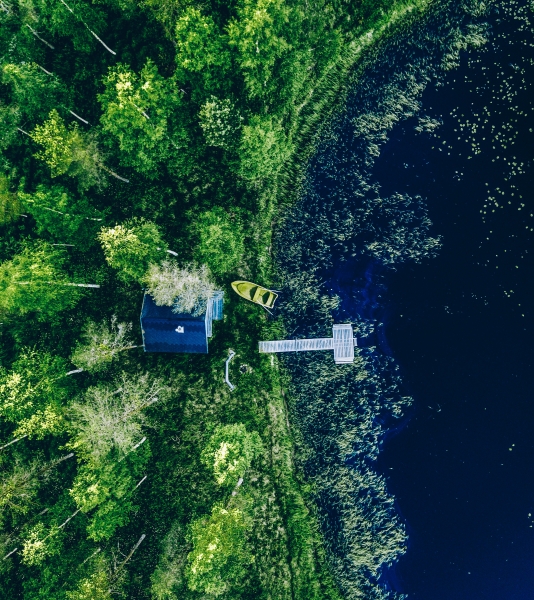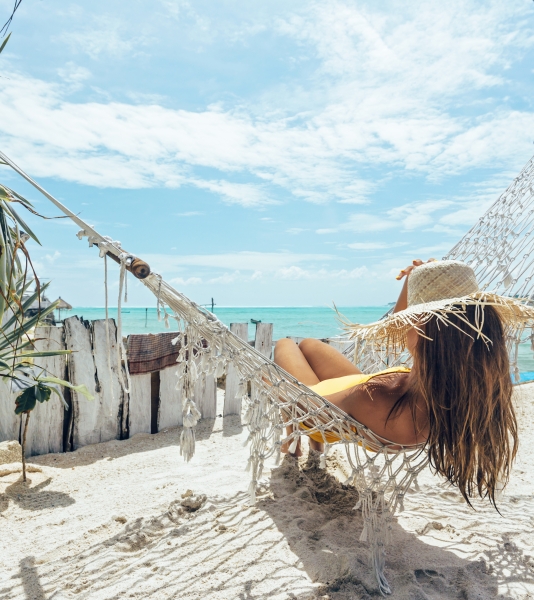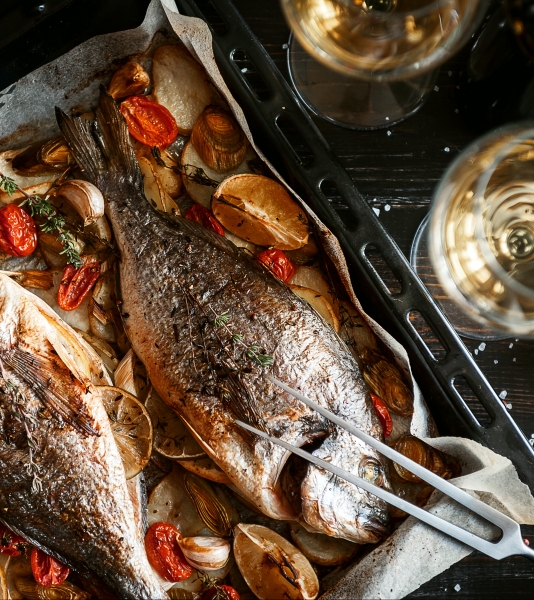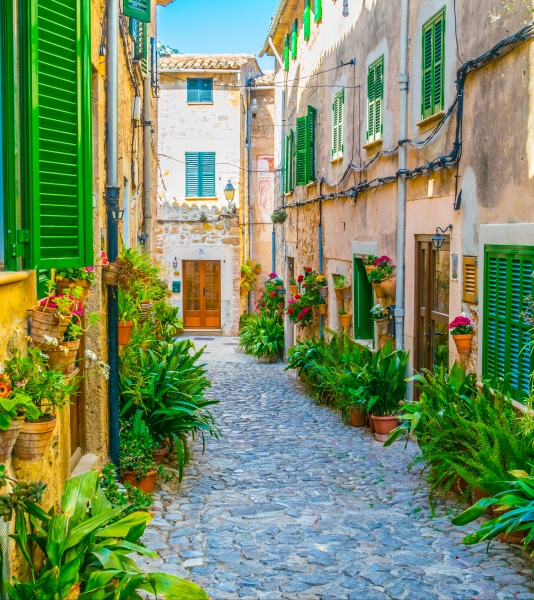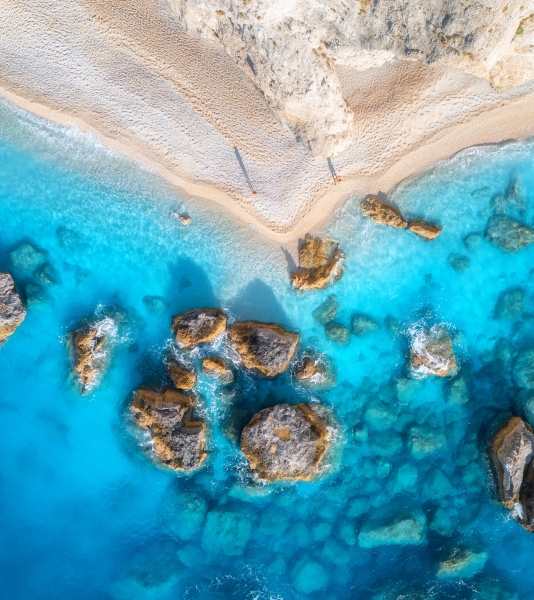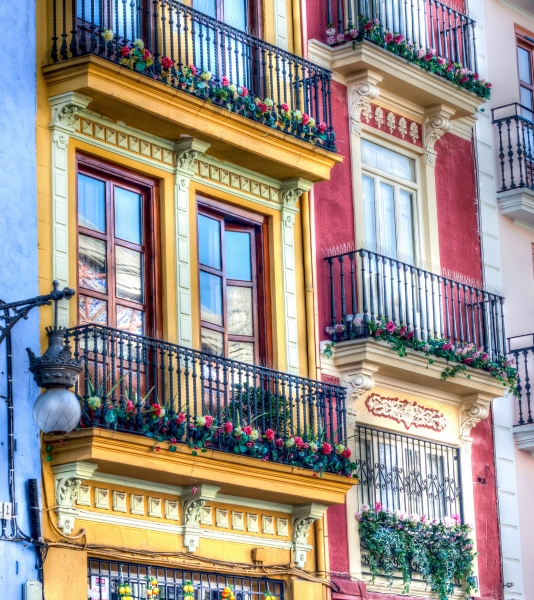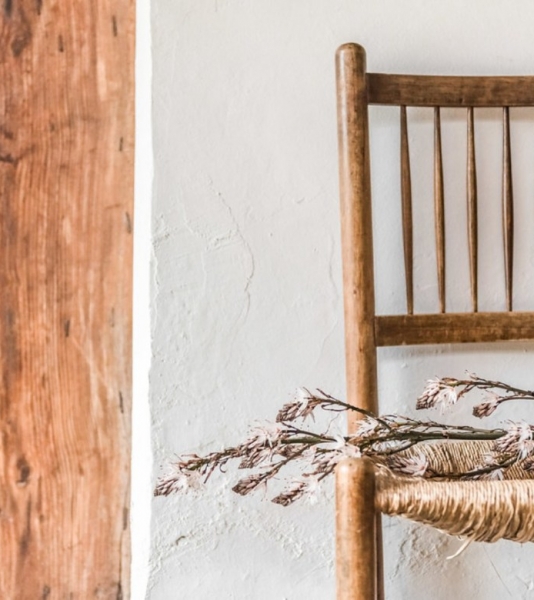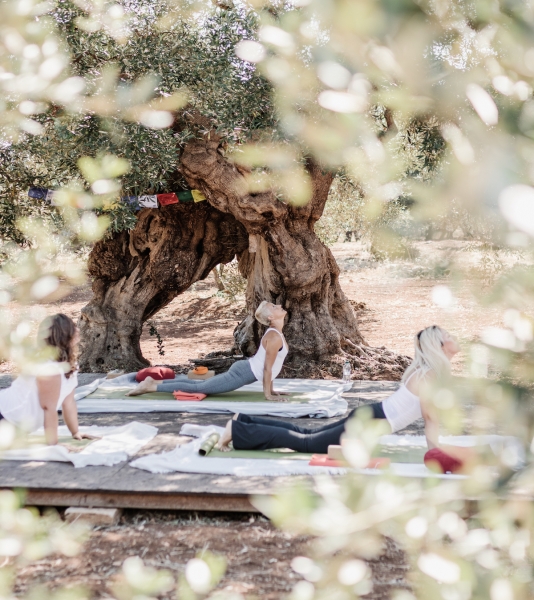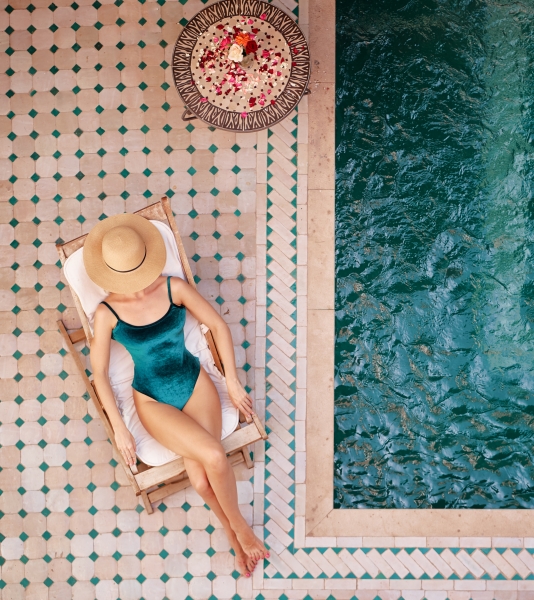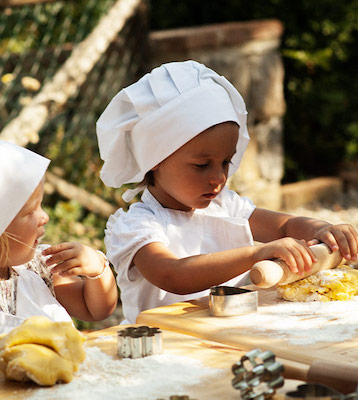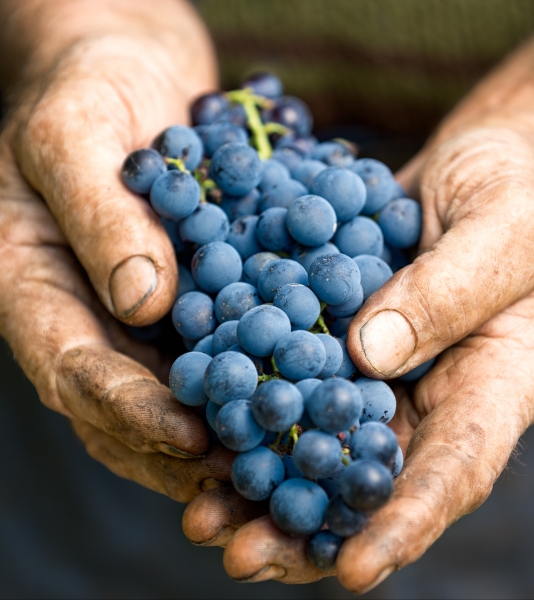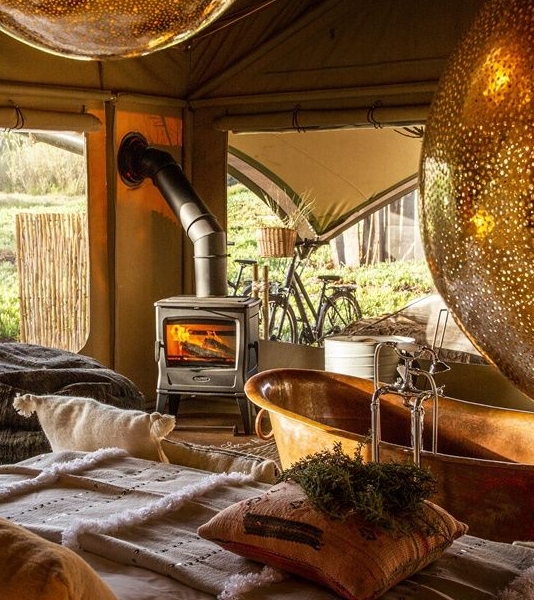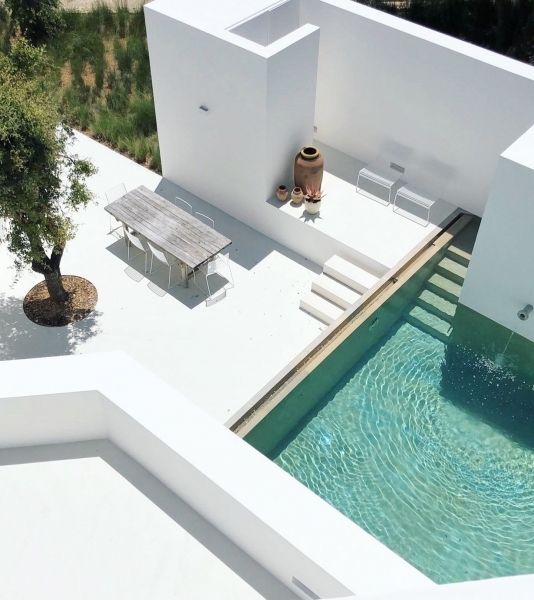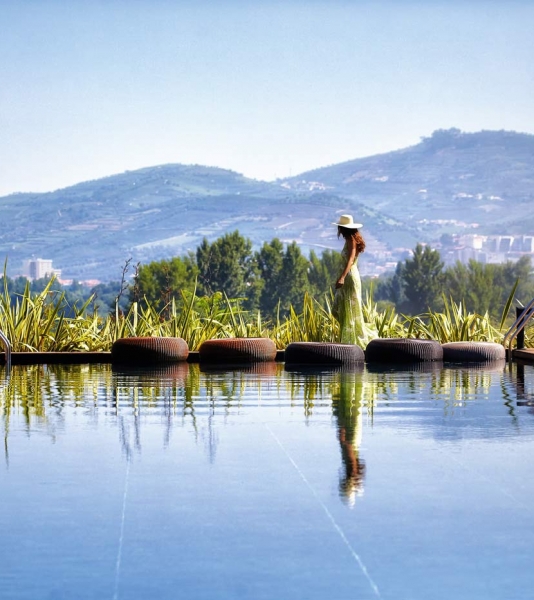Our favourite towns, villages and places to stay in Tuscany
Where to stay in Florence and the province of Florence
Tuscany has preserved its masterpieces and great architecture over the centuries. Florence, the capital of Tuscany, is famous for its architectural townscape and Renaissance art. The most important collection of paintings in the world is housed in the Uffizi Gallery in Florence, where the Medici art collection, among others, is on display. The paintings, statues, engravings, frescoes and the extensive collection of self-portraits in the Uffizi Gallery are a mirror of art history. Also an absolute must for art lovers is the Palazzo Pitti Gallery with works by Titian and Raphael. The museum of historical costumes and the museum of historical carriages provide insights into the lifestyle of the old Florentines. A walk through the beautiful Italian gardens Giardino di Boboli is also worthwhile. In our Florence travel guide we have more tips and a list of the best boutique hotels in Florence and luxury hotels in Florence and the surrounding area.
Besides art, Tuscany also offers exceptional natural landscapes, such as the Argentario National Park and the island of Elba, or the beautiful Chianti countryside with its rolling hills and authentic places to visit. All the squares and alleys will make you feel like you are living a dream: the Ponte Vecchio in Florence with its 15th century shops, the Piazza del Campo in Siena, the Campo dei Miracoli in Pisa with its famous Leaning Tower. Not to forget San Gimignano with its thirteen towers.
Apart from the most famous cities of Florence, Siena and Pisa, there are many small villages and towns off the beaten track that make Tuscany an authentic travel experience. You will find yourself in the midst of true beauty.
Where to stay in the provinces of Pistoia and Lucca
North of Florence are the small regions of Massa-Carrara, Prato, Lucca and Pistoia. The latter offers wonderful holiday flats. In the region around the city of Lucca, you will find charming boutique hotels in Pietrasanta, Camaiore, San Lorenzo a Vaccoli and villas in the countryside. In the historic city of Lucca, there is the opportunity to stay in a historic palazzo.
Where to stay in Pisa and the province of Pisa
One of these hidden treasures is the medieval town of Volterra. The historic old town enchants with narrow streets, squares steeped in history and its rich heritage from the times of the Etruscans and Romans, which can be admired in many excavation sites. The city is situated on a 550-metre high hill from where you can enjoy a breathtaking view of the surrounding countryside.
If you want to visit one of Italy's most famous landmarks, the Leaning Tower of Pisa, you should also plan some time for the beautiful old town. In the historic centre of the city, for example, there is an enchanting Bed & Breakfast in a restored noble palace, only a few minutes away from the famous "Torre Pendente" and the ideal starting point for all kinds of activities.
Outside the city in the province of Pisa, we have selected special accommodations that could not fit better into the Tuscan landscape. Whether dreamlike villa or holiday flats.
Where to stay in Livorno and Grosseto
South of the city of Pisa, the Livorno region stretches along the west coast. Here you can enjoy the typical Tuscan landscape in a country inn and still be at the beach in 15 minutes.
The Grosseto region is also located on the west coast and promises beach holidays à la dolce vita in addition to picturesque Tuscan landscapes. The area around Scarlino offers beautiful beaches, great bed & breakfasts and even glamping in a nature resort. Those who want to stay in a very authentic accommodation in Tuscany will find what they are looking for in Roccatederighi. We also have luxury and wellness hotels in our Grosseto collection, like beautiful boutique hotels, not least on the Isola del Giglio.
Where to stay in the Chianti region
The Chianti region, between Florence and Siena, is renowned for its excellent wine. We recommend that wine lovers stay in a wine hotel from our hand-picked selection of the best boutique hotels in Chianti. There are gorgeous properties surrounded by vineyards where you can experience Italian hospitality and warmth, including family-friendly hotels with self-catering apartments. Or if you are looking for a romantic hotel or a luxury hotel, experience a very special stay in a noble Italian castle.
Where to stay in the province of Arezzo
Arezzo is set in beautiful countryside and there are many charming villages and towns to discover in the surrounding area. You can enjoy the picturesque beauty of the area in a historic country inn in Moncioni, as well as in a luxury hotel in Cortana. Small boutique hotels in Arezzo with a special charm can also be found in Foiano della Chiana, for example.
Where to stay in Siena and the province of Siena
Another popular destination in Tuscany is the medieval city of Siena with its breathtaking cathedral and beautiful piazza. In keeping with the cityscape, you will find holiday flats and small boutique hotels in Siena as well as luxury hotels in baroque elegance.
Another insider tip in Tuscany is the castle complex of Monteriggioni. The impressive medieval fortress sits enthroned on a hill surrounded by vineyards. In July, there is a great medieval festival there that brings back the splendour of that time. Near Monteriggioni there is a wellness and SPA hotel. Relaxation should not be neglected in Tuscany.
The area south of Siena, the Val d'Orcia, is known for its breathtaking scenery, including the famous "Crete Senesi" - Tuscany as you know it from postcards: cypress avenues winding through hilly landscapes, picturesque farms and medieval villages surrounded by vineyards, fertile fields and olive groves. In the middle of it all is the small medieval town of San Gimignano, known for its many towers and picturesque landscape. The love of nature is ingrained in the Tuscan people. Thus, sustainable eco-hotels dedicated to agrotourism can also be found in Tuscany.


